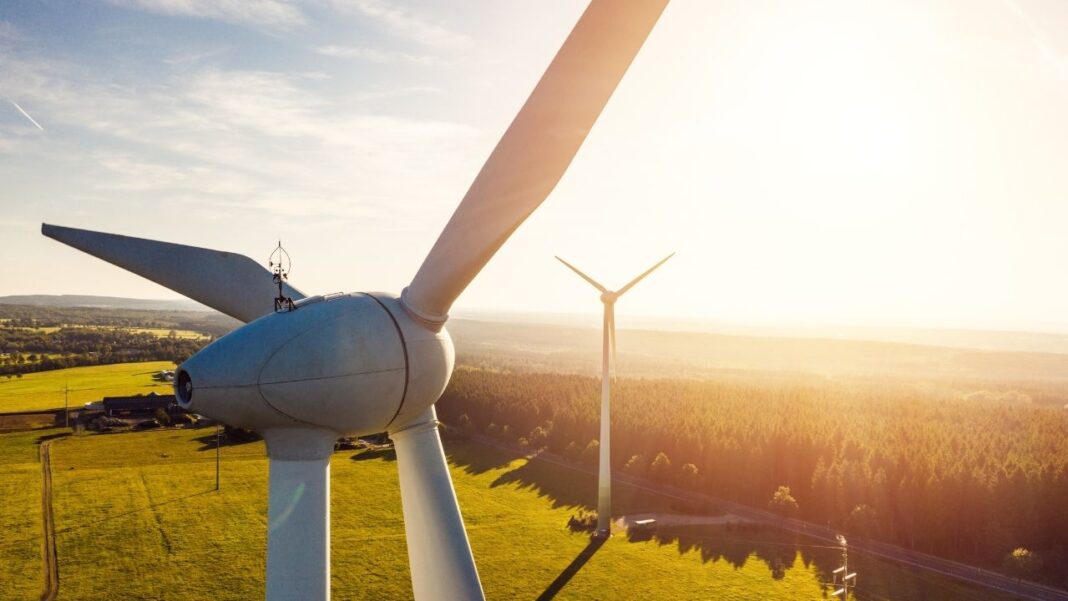The global community has recognized the incredible potential of renewable energy to transform the world’s developing nations. With the help of renewable technologies, these nations can modernize their energy infrastructure and become new economic hotspots. In this article, you will learn about the impact of renewable energy on developing nations and explore four of the most under-the-radar renewable energy projects in these regions.
What is Renewable Energy?
Renewable energy sources are naturally replenished, like solar and wind. Renewable energy can be found in many parts of the world, and it is becoming more and more important as the world’s population continues to increase. The majority of renewable energy comes from solar, wind, and hydroelectricity sources. Renewable energy is the energy source that can be safely relied on to meet our needs for generations to come. Renewable energy doesn’t pose a threat to fossil fuels because there is no finite amount of fossil fuels that can be used up. The only thing that will stop renewable energy is political and social inertia.
Ways Renewable Energy is Transforming Developing Nations
Developing nations are making huge strides towards modernizing their infrastructure and becoming new growth engines for the global economy. Here are ways renewable energy is transforming these nations.
Off-Grid Renewable Energy
The electricity in many developing nations comes from fossil fuels like wood or coal. These fossil fuels are often limited and scattered, making them difficult to access and provide reliable power. Off-Grid renewable energy, on the other hand, is a great way to provide reliable energy in remote areas where grid infrastructure can’t reach. They set up solar panels and biogas generators and provide technical support to help residents access reliable energy in an environment that is difficult to access.
Green Power
Renewable energy technology is a large umbrella under which many different technologies fall. Many of these technologies produce green energy without polluting greenhouse gasses like carbon dioxide. In order to meet the demand for energy in developing nations, many of these systems are being scaled up. For example, the International Hydroelectric Power Association reports that hydroelectricity is the largest source of green energy in the world. And while it is one of the most widely used technologies in the world, it is under the radar in developing nations. There are two ways to develop renewable energy in developing nations: scaling up existing green energy technologies and developing new green energy technologies. In order to scale up existing technologies, you need a lot of capital. Given the current situation in the world economy, you may not be able to access this capital.
Hydropower
Hydropower is produced when water flows downhill, is partially converted into energy in hydroelectric power plants, and then is released downstream as electricity. Now Hydropower accounts for nearly 18% of the world’s renewable energy. However, these hydroelectric plants are concentrated in only a handful of countries. China and the United States each have more than half of the world’s hydropower capacity.
Clean Energy from Wind
Wind speeds vary with weather and location. Offshore wind farms and improvements in turbine technology have resulted in a steady increase in global wind energy capacity. As of April 2018, the total capacity reached 161 GW. Now Wind energy is often cited as one of the most affordable renewable energy sources. Energy output is relatively consistent, and costs depend on the quality of the electricity generation and not on fuel prices. As with all renewable energy sources, there are drawbacks. So Wind turbines are loud, usually located close to residents, and can generate significant amounts of pollution.
From Bioenergy to Waste to Power
Humans have turned biomass into bioenergy for centuries, such as ethanol and biodiesel. However, these technologies have been limited in scale due to issues with production and distribution. In recent years, advancements in technology, such as a more efficient cellulosic ethanol production process, have led to a surge in investment in bioenergy. So Additionally, the advent of blockchain technology has spurred the development of new decentralized bioenergy and power systems.
Renewable energy is transforming the world’s developing nations, from providing electricity in remote areas to modernizing electricity infrastructure. These nations are taking advantage of these technologies to improve their lives and their economies.


